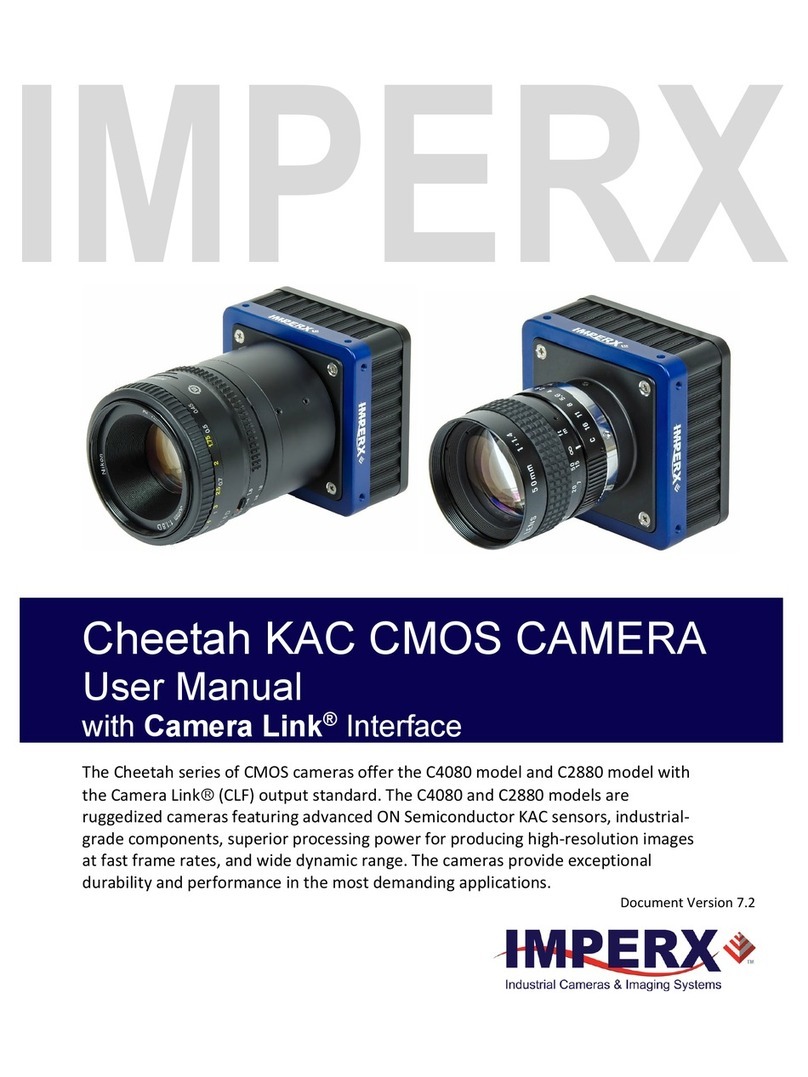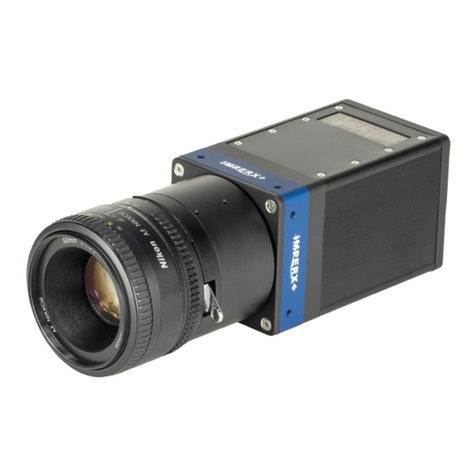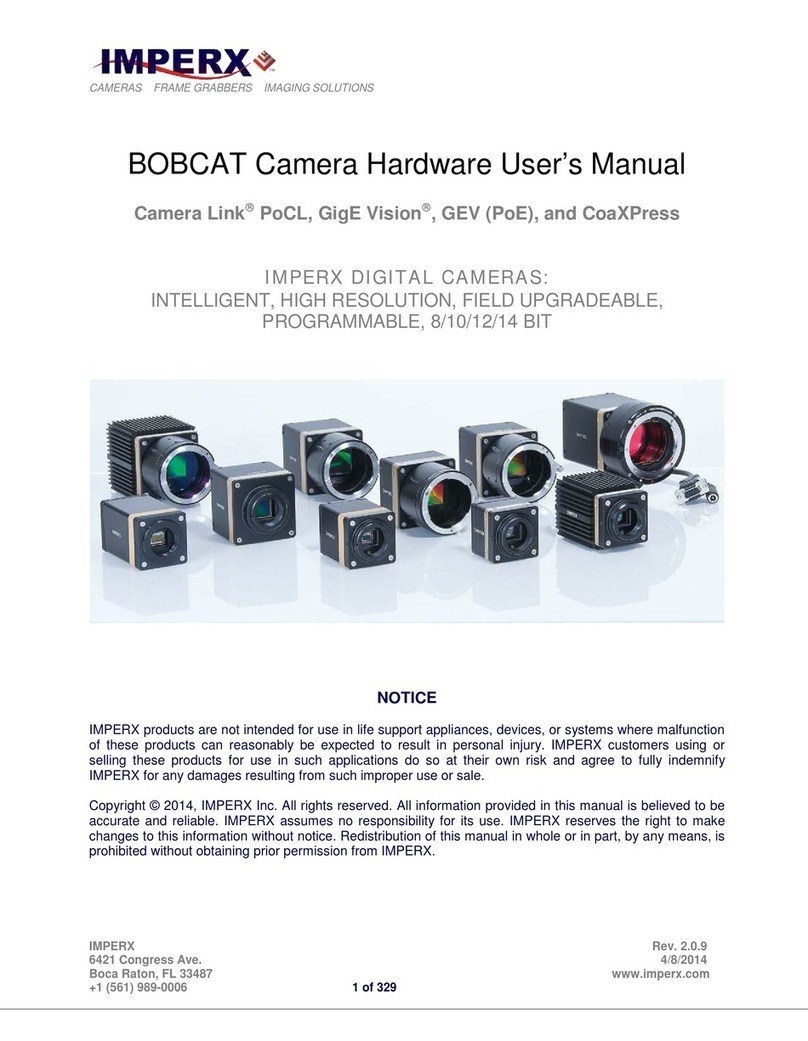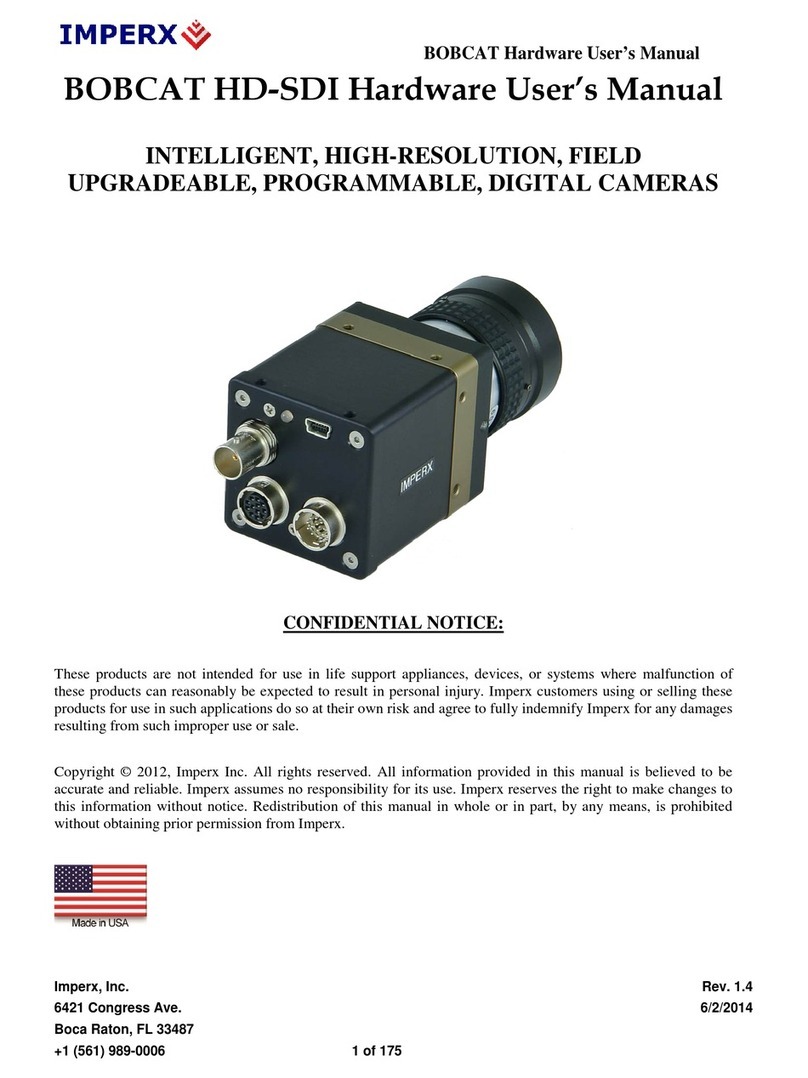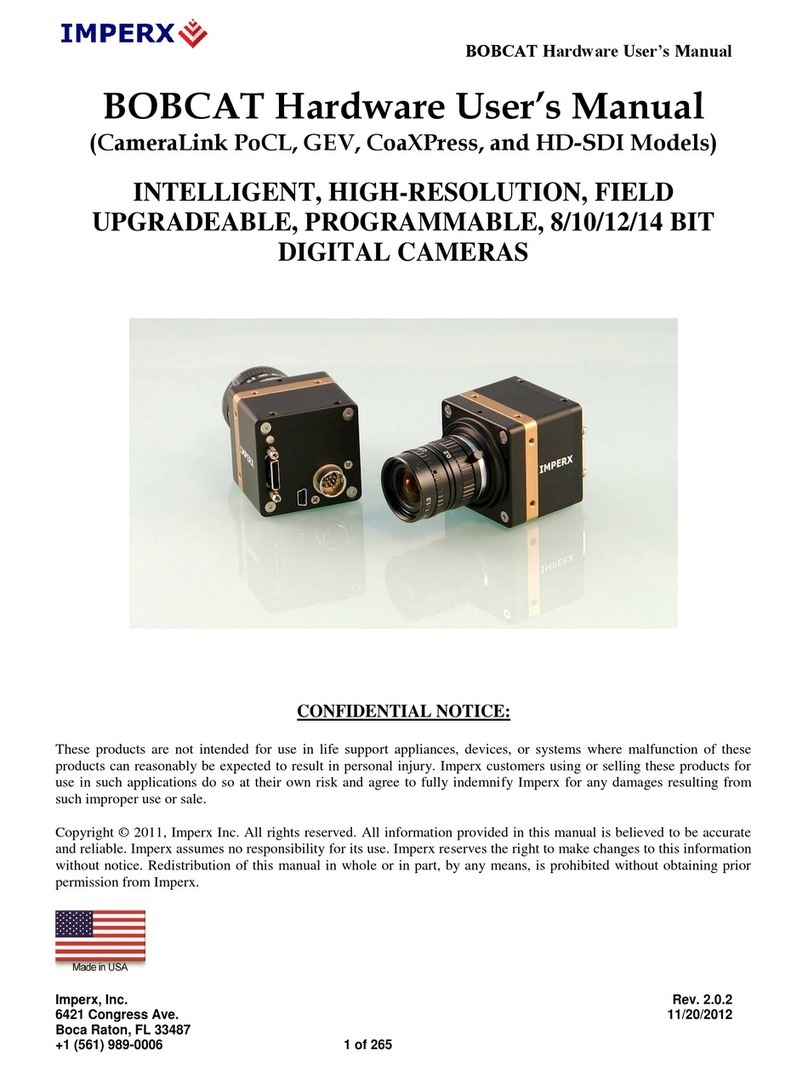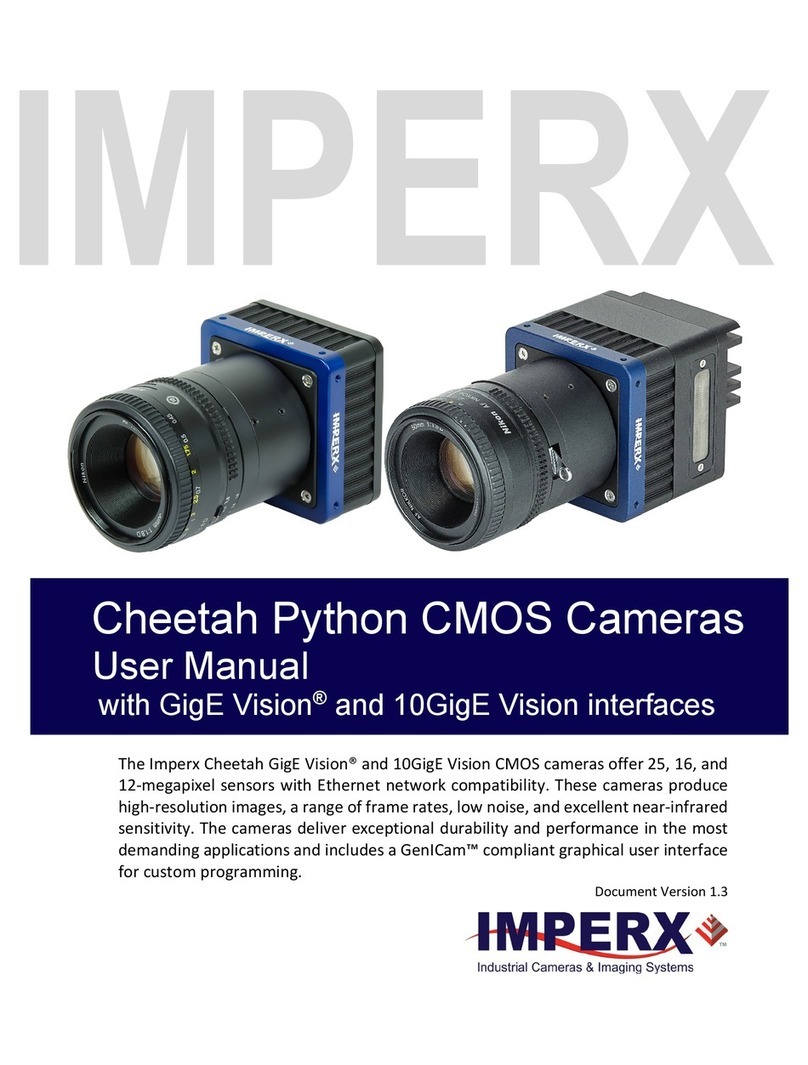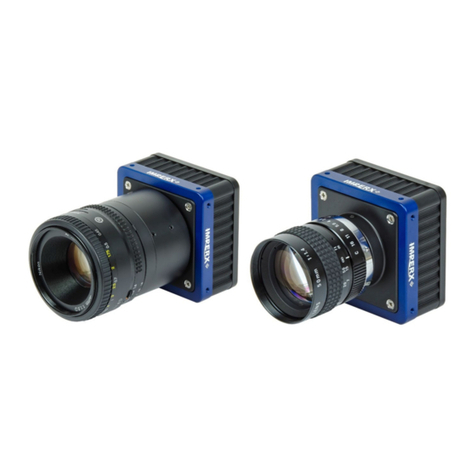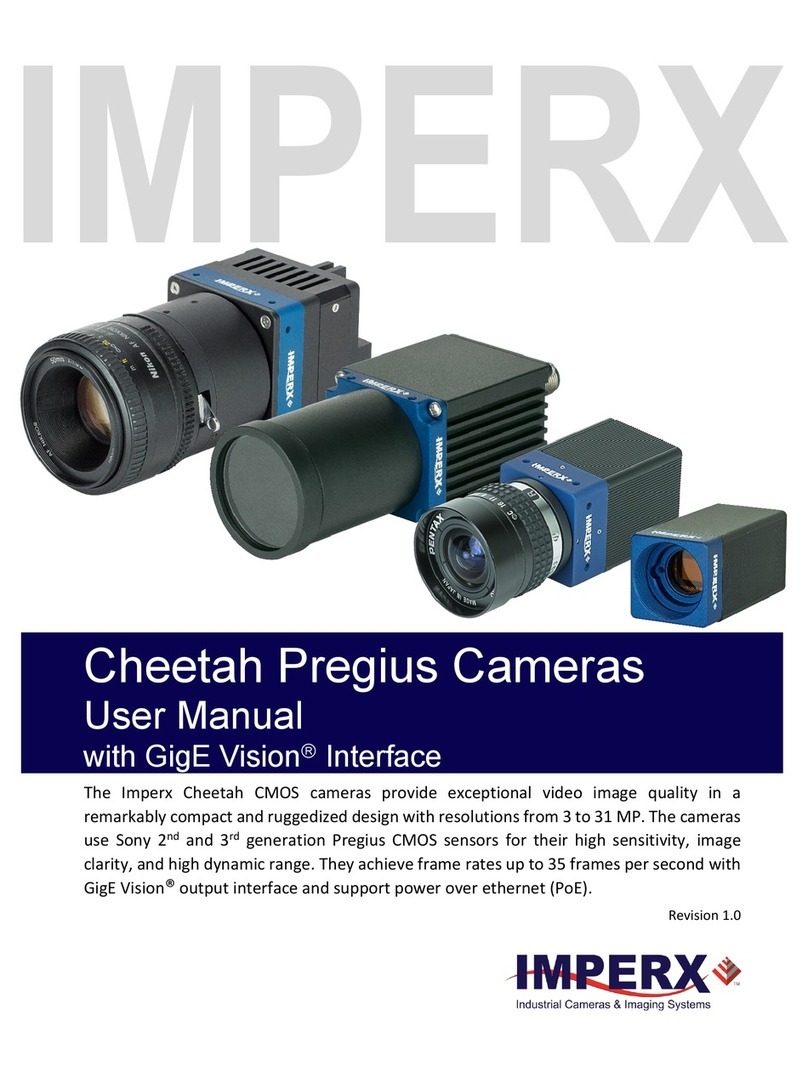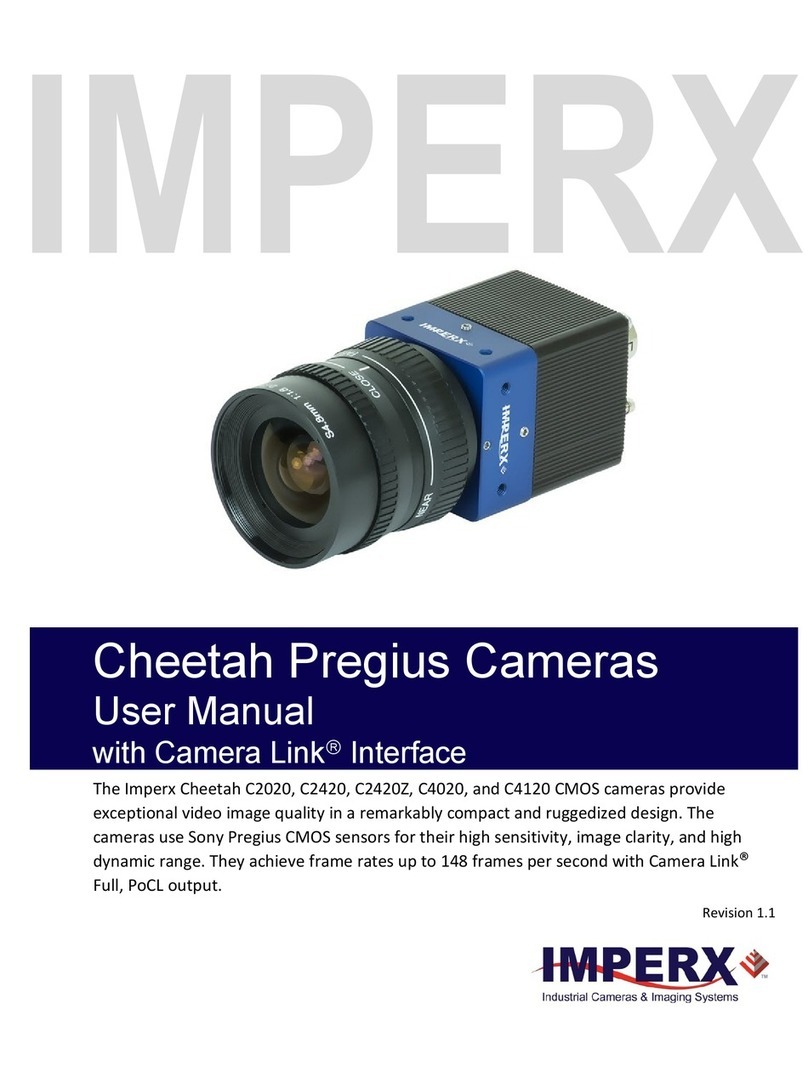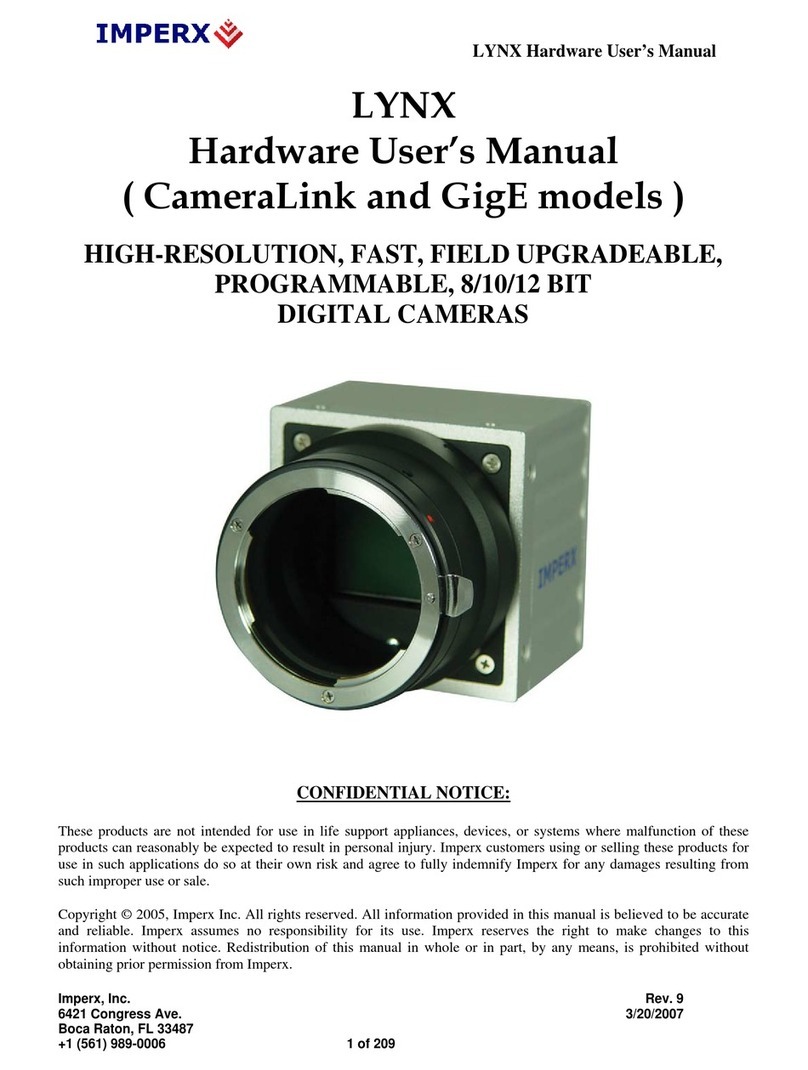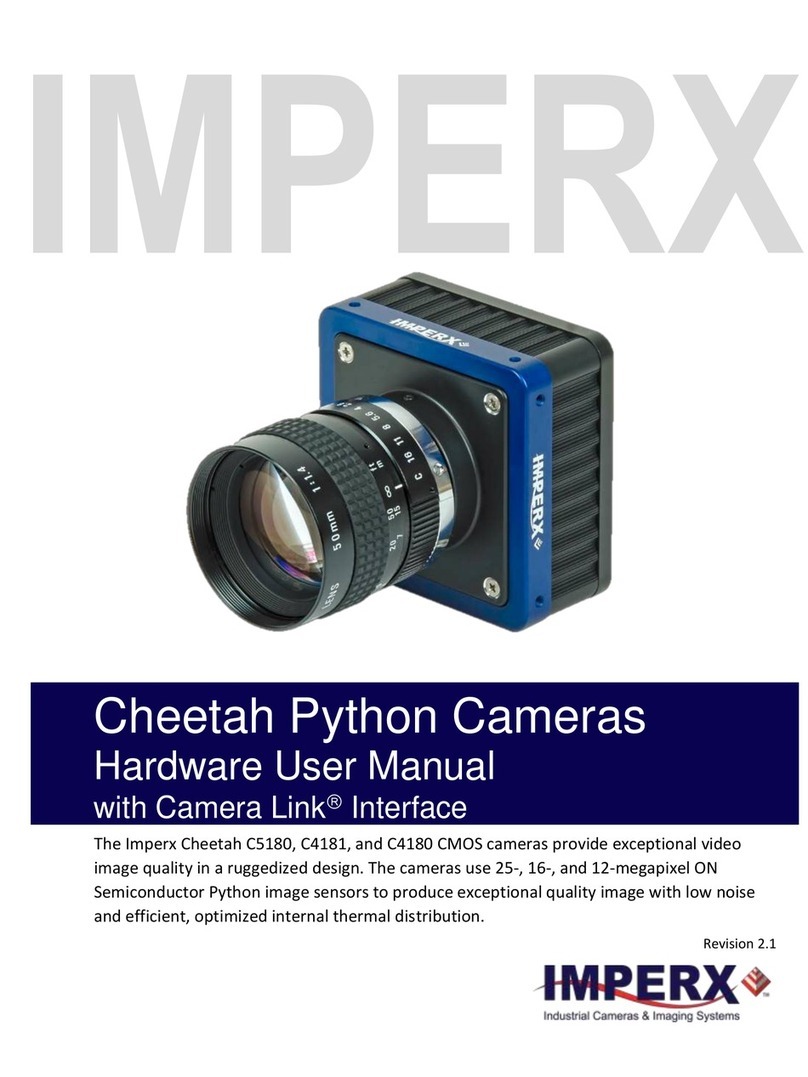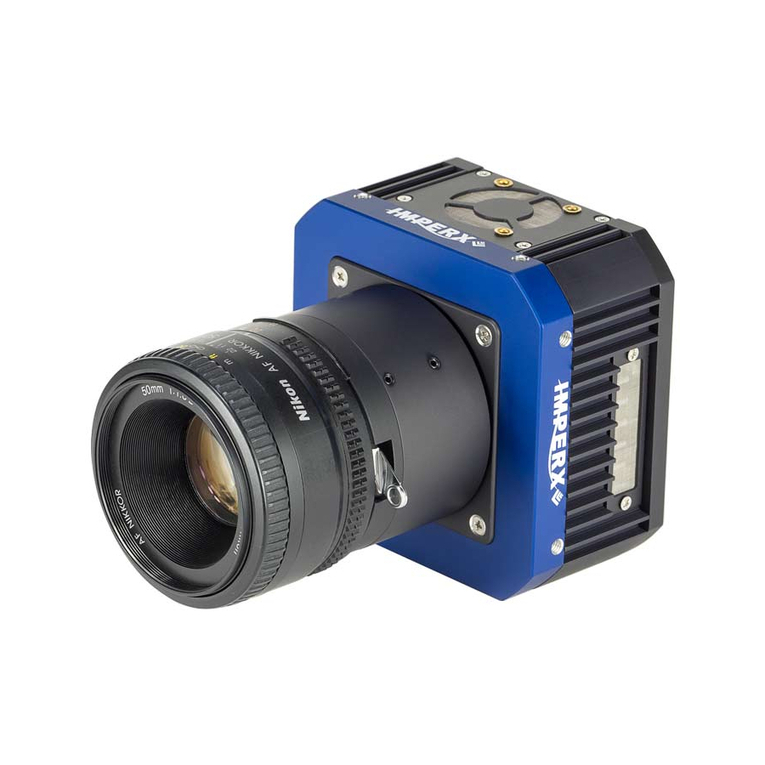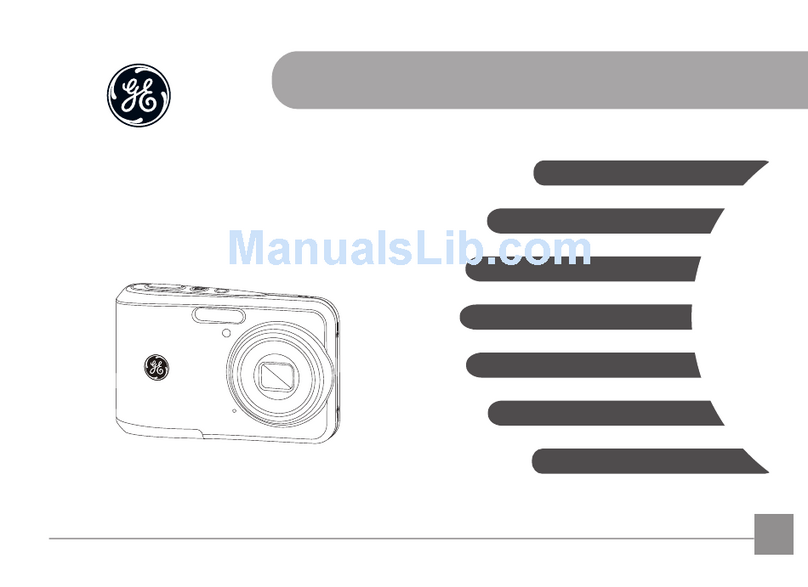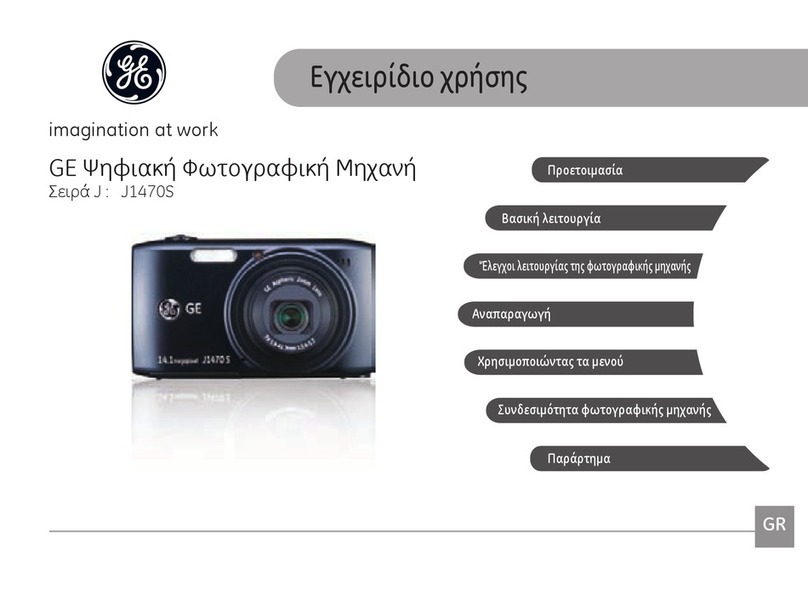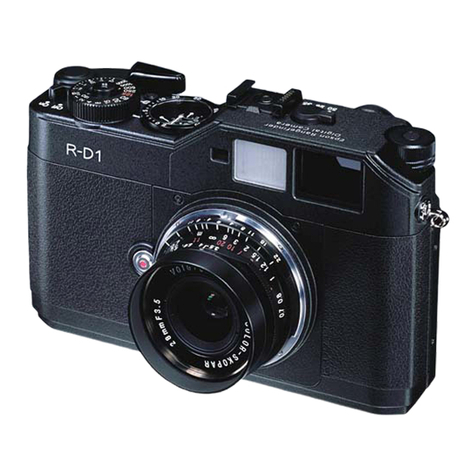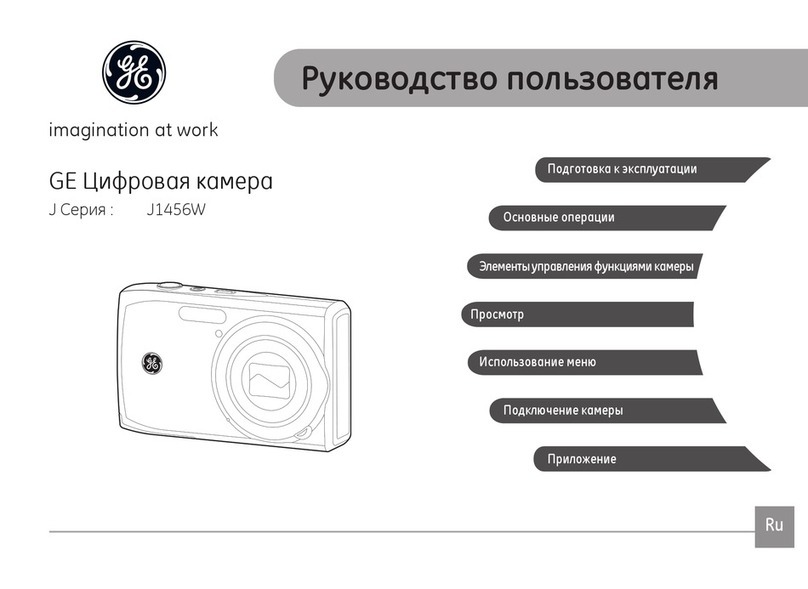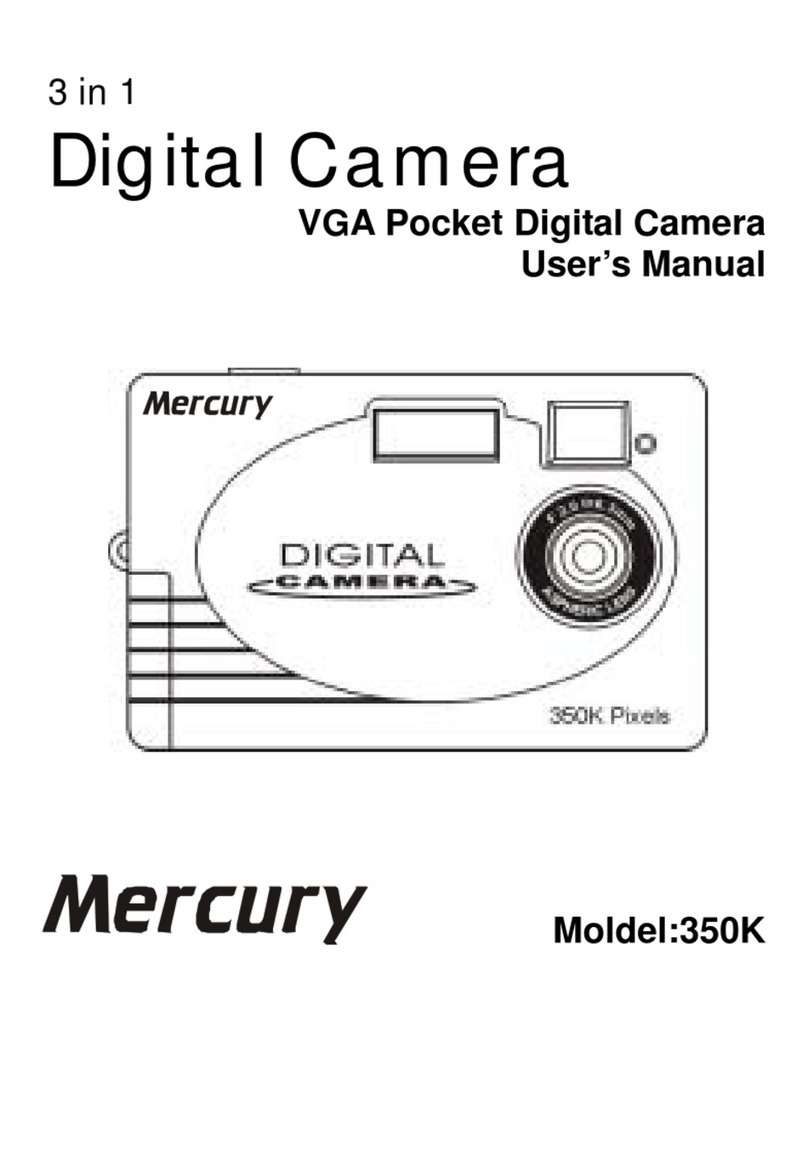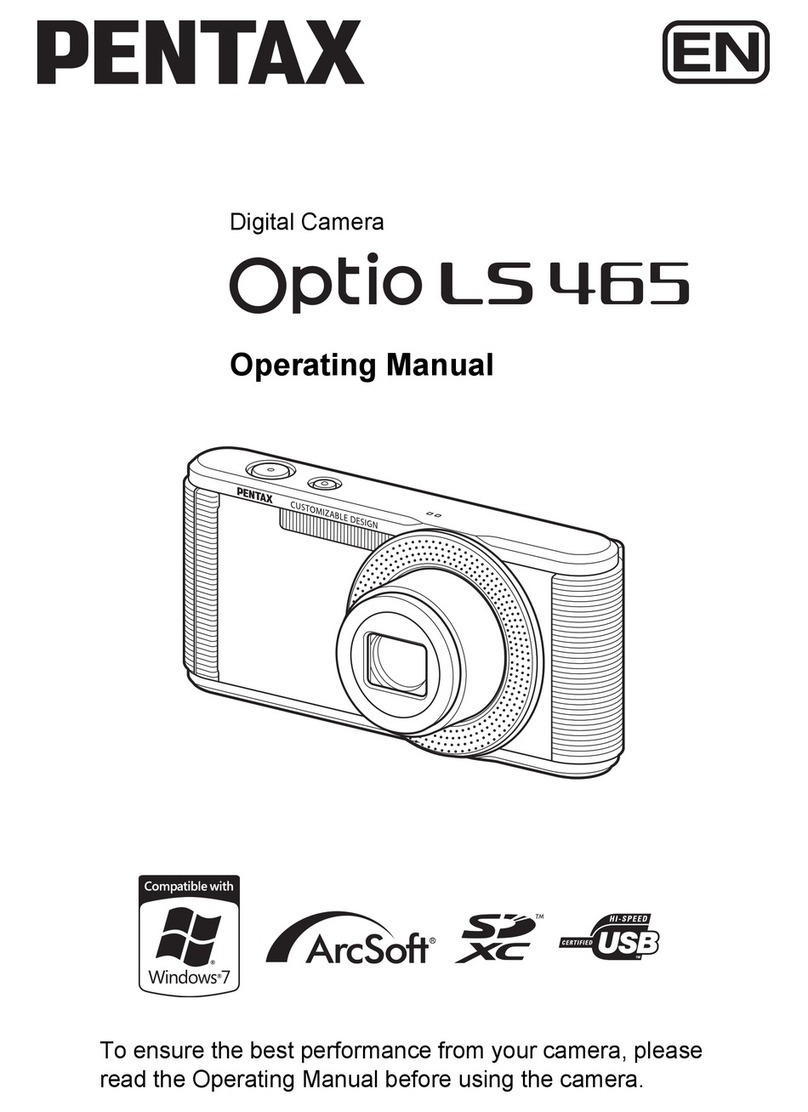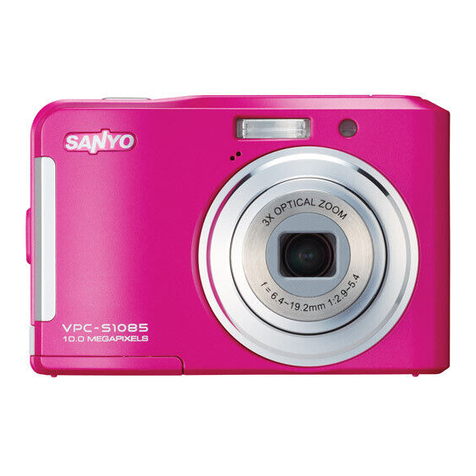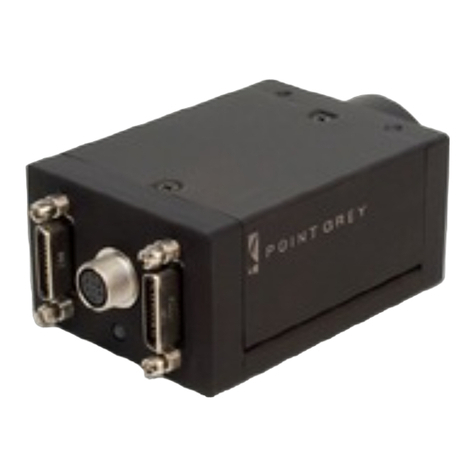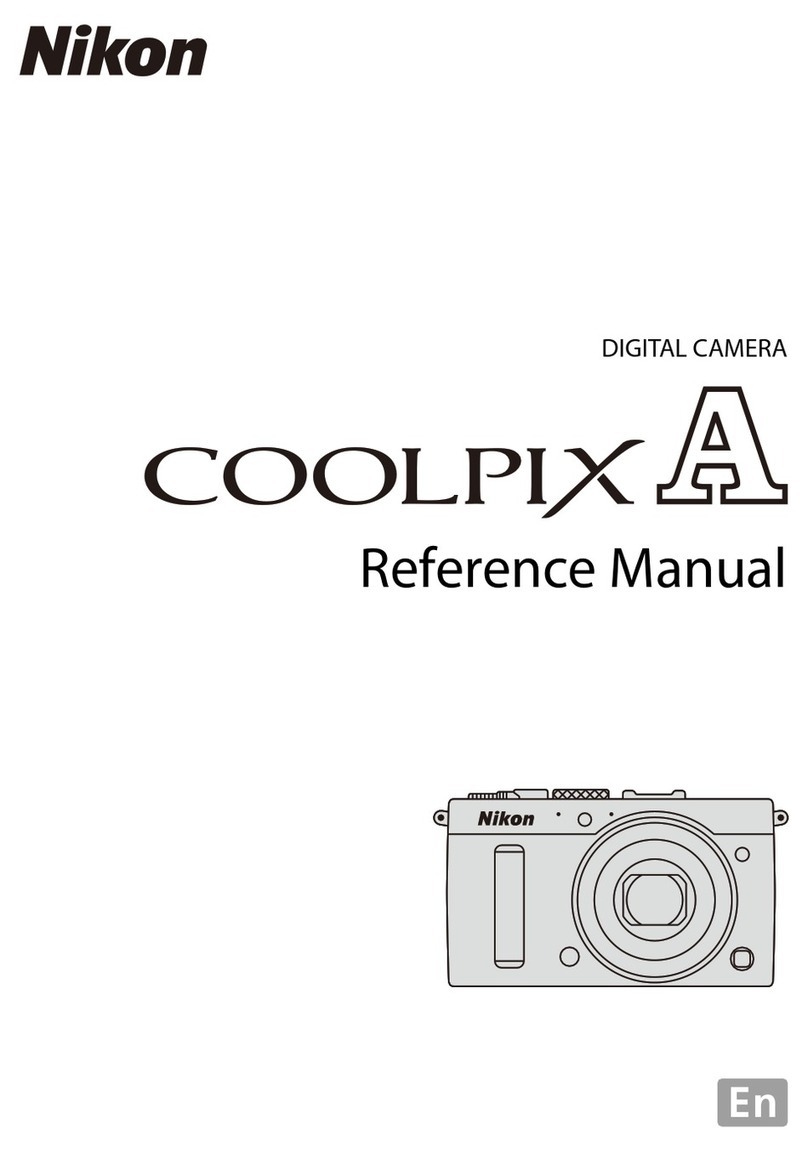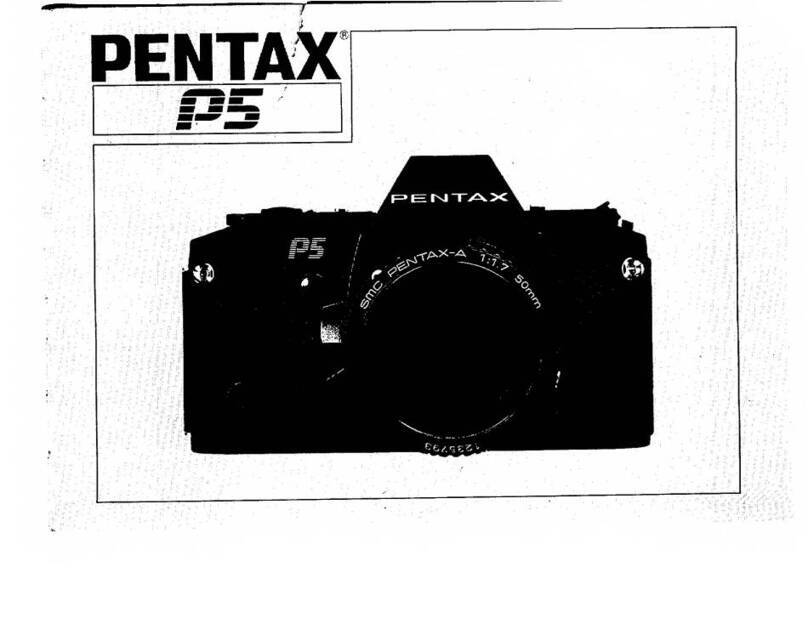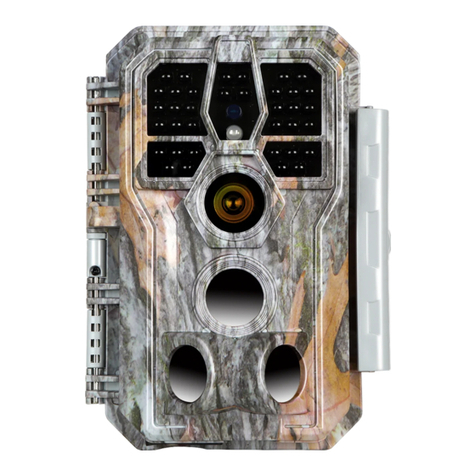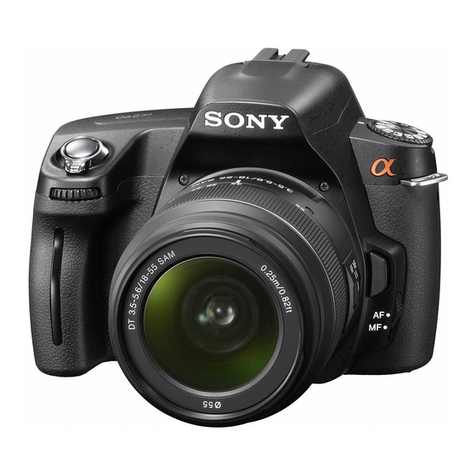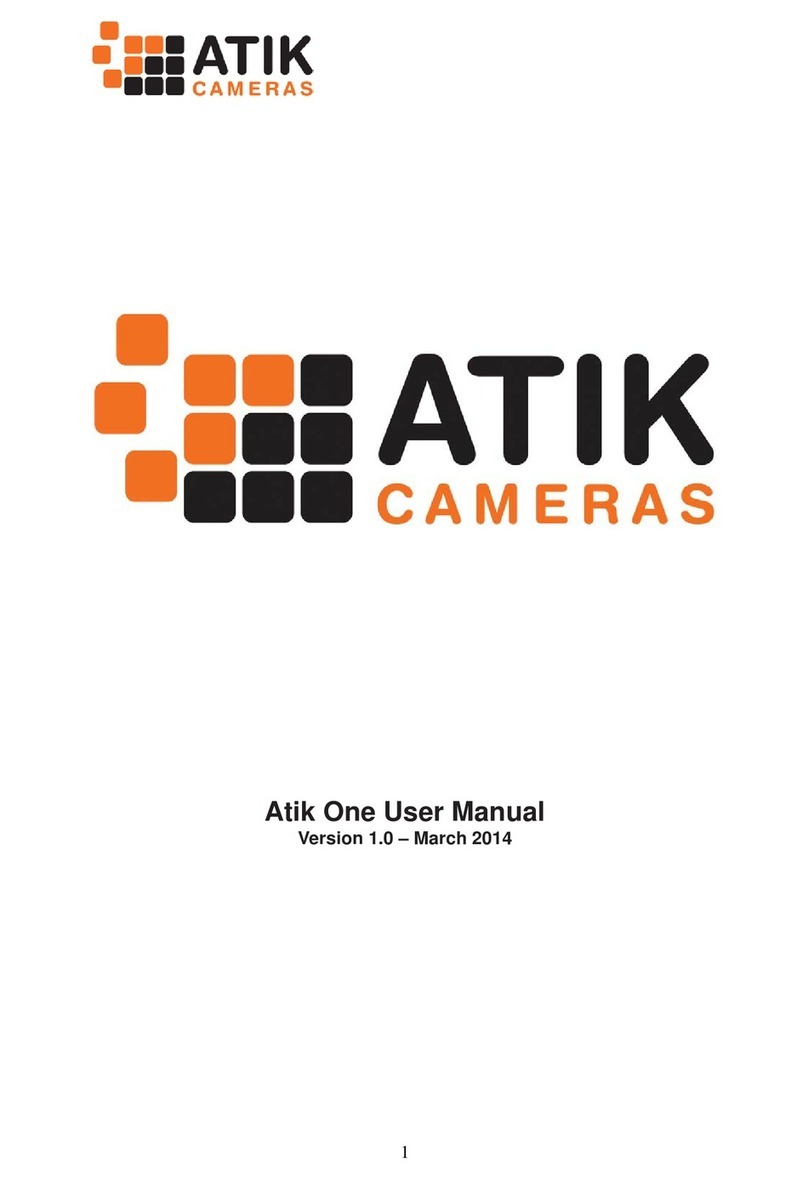Cheetah Python Camera with USB3 Interface –User Manual
December 5, 2017 Page 5 of 78 Rev 1.0
4.1.2 Compatibility................................................................................................39
4.1.3 User Interface and Functionality..................................................................39
4.2 Software Installation ..........................................................................................39
4.2.1 Installing the Imperx Camera SDK Software ................................................40
4.3 Camera SDK........................................................................................................41
4.4 Connecting to Cameras......................................................................................41
4.5 Using the IpxPlayer ............................................................................................42
4.5.1 Menu Bar......................................................................................................43
4.6 Saving / Loading Configurations ........................................................................44
4.7 Camera Parameters Panel..................................................................................45
4.7.1 Device Controls ............................................................................................45
4.7.2 Version Info Controls ...................................................................................46
4.7.3 Image Format Controls ................................................................................47
4.7.4 Acquisition Control.......................................................................................48
4.7.5 Gain Controls................................................................................................50
4.7.6 Auto Gain and Auto Exposure ......................................................................50
4.7.7 Data Correction Controls .............................................................................52
4.7.8 White Balance Controls................................................................................53
4.7.9 Strobe Controls ............................................................................................54
4.7.10 Pulse Generator Controls...........................................................................54
4.7.11 Transport Layer Control .............................................................................55
4.7.12 Event Controls............................................................................................56
4.7.13 User Set Controls .......................................................................................57
4.8 Capture Panel.....................................................................................................57
4.8.1 Recording Acquired Images .........................................................................57
4.8.2 Saving Image Output....................................................................................58
4.9 Log Panel............................................................................................................58
4.9.1 Channels to Log............................................................................................59
4.10 Statistics Panel .................................................................................................59
5 Camera Features ...........................................................................61
5.1 Exposure Control................................................................................................61
5.1.1 Internal Exposure Control - Electronic Shutter ............................................61
5.1.2 External exposure control............................................................................61
5.2 Frame Time Control ...........................................................................................62
5.2.1 Internal Line and Frame Time Control .........................................................62
5.2.2 Camera Output Control................................................................................62
5.3 Area of Interest ..................................................................................................63
5.3.1 Overview ......................................................................................................63
5.3.2 Horizontal and Vertical Window ..................................................................63
5.3.3 Factors Impacting Frame Rate .....................................................................64
5.4 Subsampling.......................................................................................................65
5.4.1 Pixel Averaging.............................................................................................65
5.4.2 Subsampling Decimation..............................................................................65
5.5 Camera Triggering..............................................................................................66
5.5.1 Triggering Inputs ..........................................................................................66
5.5.2 Acquisition and Exposure Control................................................................67
5.5.3 Triggering Modes .........................................................................................67
5.6 Strobes ...............................................................................................................68
5.7 Video Amplifier Gain and Offset ........................................................................68
5.7.1 Analog Gain ..................................................................................................68
